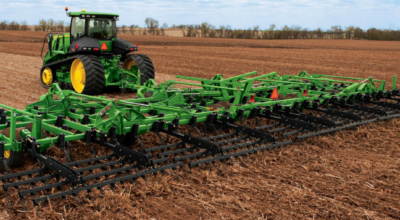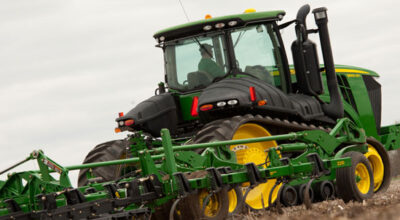What is Vertical Tillage?
Vertical tillage is an agricultural practice that has been around since the early to mid-1990s. Generally speaking, vertical tillage is a practice designed to size, slice, and chop after-harvest crop residue while only penetrating a few inches of soil in the process.

The residue of what’s left behind, as a result, is left on the soil’s surface to decompose. This will help to minimize erosion, enhance the soil profile, and leave a smooth and level surface for planting.
Now that we understand what vertical tillage is, who should consider it as a practice and when?
When Should Vertical Tillage be Considered?
If you live in an area that has drier, has thinner topsoil, and lower average yields, vertical tillage could really help to improve the tillage process. Here are some reasons why:
- Your lower average crop yield will tend to leave less after-harvest residue than a field that produces an abundance of crops. Vertical tillage will keep the residue on or near the soil’s surface, which will protect the topsoil from wind erosion while it decomposes and returns valuable nutrients to the soil.
- The minimal depth penetration will also help to retain the moisture and nutrients that are in your soil.
- When planting season comes around, vertical tillage can help to produce a smooth and level seedbed at 2-3 inches in depth all in one pass. This helps to preserve time and fuel costs, and because the soil has been able to retain moisture and build nutrients during the winter months, you will improve your chances of producing solid crop yields.
Final Thoughts
True vertical tillage will require specialized equipment that’s designed specifically for the practice. Contact your local John Deere dealer if you’re looking for vertical tillage equipment or other tillage tools to help you through the process this season. Or, for more information about vertical tillage, visit this page.
If you enjoyed this post or want to read others, feel free to connect with us on Facebook and Twitter!


